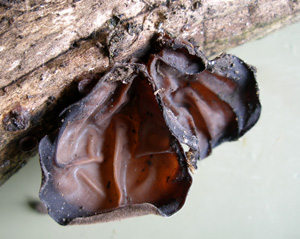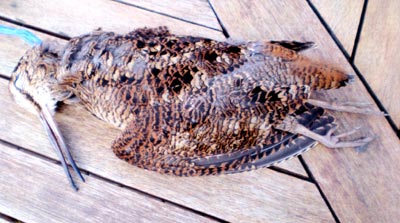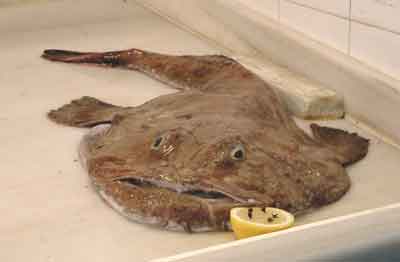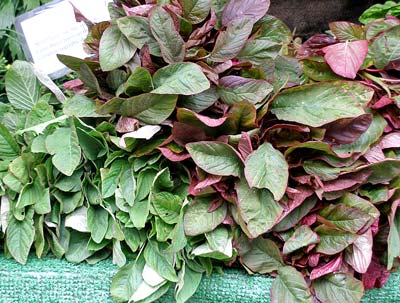
Judas's ear fungus, often found dried. Dried or fresh they should not be fried, as they explode, but stewed with other ingredients.
Willow grouse. Found across swathes of northern Europe, these are so closely related to the red grouse of the Scottish grouse moors as to be indistinguishable. The willow grouse inhabits heather moors with willow, birch and juniper scrub while the red prefers moors and peatbogs with crowberry and cranberry.

Woodcock. It is a very fine, pigeon-sized, game bird which inhabits boggy woodland and which is usually cooked undrawn, with only the gizzard removed. The trail, or entrails, are considered a great delicacy. A woodcock constitutes one portion. They are often served stuffed with their own gizzards or with the gizzards mashed for the sauce.

Monkfish (US: angler fish). A fish with a sweet flavour and succulent firm flesh but with the ugliest appearance imaginable. It is found in the Mediterranean and Atlantic, in coastal waters of north western Europe. It can be recognised by its large head and fan-shaped fins. The fins and the operculum are spiny. It can be eaten fried or in soup. The larger fish often have better flavour. It has a hideous head, which is why it is usually displayed without it, and a muddy colour. It is known as the anglerfish as it bears on its head a 'rod' and 'lure' which attract its prey. The meat of the tail is sweet and succulent - almost like lobster meat, entirely compensating for is appearance. The flavour may well be assisted by its own diet which is high in shellfish. The best monkfish are Lophius piscatorius and the similar Lophius budegassa, the favourite of the Spanish. American monkfish or goosefish (Lophius americanus) is considered inferior, while New Zealand monkfish (Kathetostoma giganteum) is related to the stargazer and is only fit for soup.

Amaranth. This covers many varieties of a sweetish green leafy vegetable known by many different names, including callalloo, elephant’s ear, African/Chinese/Ceylon/Indian spinach, Surinam amaranth, basella etc. Most commonly it is a tropical climbing plant that can grow as high as 2 meters (6 ft), the leaves being harvested as the plant grows and cooked in the same way as spinach. In India the most common is Basella alba or Indian Spinach.